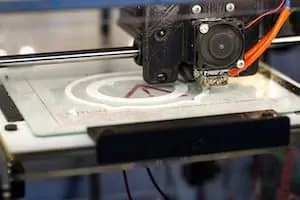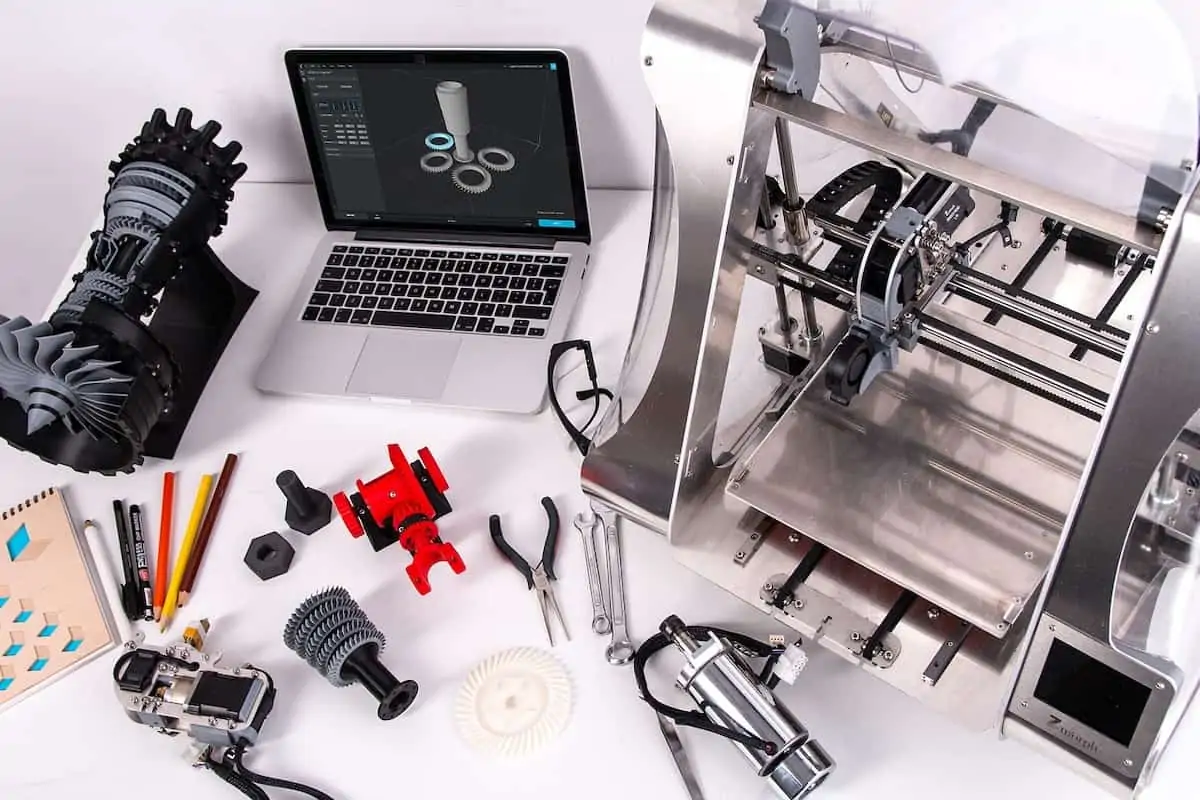Although additive manufacturing and 3D Printing for both plastic and metal materials has been around for years, the investment, developments, breadth of applications, adoption rate, and beneficial case studies are expanding at an extremely rapid rate.
New processes, materials, devices, design applications, are emerging every day. Now, there are cloud sites that store portfolios of designs, much like Pandora does for music. All of this is creating an amazing amount of opportunity creating more efficient supply chains, new product types, de-centralized manufacturing schemes, and easier approaches to mass-customization.
Ubiquitous Impact on Supply Chains
Additive manufacturing technologies have been changing approaches to design for years. Now, they are disrupting total supply chains. As a manufacturer of end products or a contributing supply chain partner, it is imperative to understand the opportunities and challenges additive manufacturing will present for you.

The dynamics are rapidly changing with shorter cycle times, the ability to manufacture larger parts, and with precision and surface quality capabilities of the devices improving at an unbelievable pace.
The time is coming very quickly where rethinking and repositioning of current supply chain strategies is not only in order, it may be the only path to long-term survival.
New Materials Designed for 3D Printing
As more materials are bought to market for this process, in both plastic and metal, the applications grow. They are now somewhere between eighty (80) and two-hundred (200) materials available. There are printers that can combine more than one type of material, and multiple material colors.
This creates the possibility to develop products that were previously very expensive to produce. This 3D Printing technology is still in its infancy. We already have seven (7) different technologies in the additive manufacturing market, each with different advantages and disadvantage. It is true that these technologies will continue to evolve, others will emerge, and some may be replaced with better designs
However, it is clear that this technology will continue to move forward delivering higher speed, accelerated performance, extremely high quality, and precision. This will insure more adoption and the market for additive manufacturing will expand well beyond design, and some production, into mission-critical part production. We are already seeing it in aviation, aerospace, and in the medical field.
Existing Case Studies
Case studies already exist for production volume, mission critical parts in aerospace and defense that have changed businesses. Quicker time to market from the elimination of tooling and the ability to readily adjust designs are changing industries. Then, when you add lower costs derived from less material consumption and the elimination of some secondary processes, there is even more motivation.
The potential to create use assemblies that are much lighter due to the amount and type of material used is driving great benefit in aviation and aerospace. They say that one (1) pound of weight reduction in an aircraft can yield between $8,000 and $10,000 in annual fuel cost savings.
In a case study, for a GE aircraft engine, they reduced the part count from approximately 900 to 16. They eliminated many secondary operations, reduced the weight substantially, and they made the part more reliable eliminating many connection points. In addition, as part of their “green” management program, they have reduced the amount of waste which previously was created from the original process.
Supply Chain Partner Impact
Flexibility to adapt because of the use of software rather than soft tooling, and then hard tooling and fixtures, are changing approaches to design and new product introduction. Imagine the reduction in costs from reducing the number of parts in your assembly from over 900 to 16. They were many suppliers who were no longer needed. This greatly decreased the cost of order management, quality management, logistics, and risk of uncertainty in each of the supplier’s supply chains.
From the supplier’s perspective, there were lost revenues, possibly higher costs due to under-utilization of equipment of volume leverage with their own suppliers, the potential of not being able to support the same number of “trained” employees, etc.
Considerations
Start to learn about the additive technologies and their applications.
Taking a serious look at the types of products you are producing using a subtractive model and then comparing that to the economics of that same part being produced by an additive model, is a worthwhile endeavor.
Can your product transition to an additive process? If so, will it continue to be a stand-alone product or if it is an assembly, is there a possibility of further integration when the additive design process is applied? Are your customers or other suppliers of theirs already investing in 3D or additive equipment?
Is there an opportunity for you to take a leadership role in making this investment and leading the 3D Printing charge for your customers? Will new designs that are more integrated provide you with an opportunity to become even a more important supplier than you are today?
These questions are among some that you need to be asking yourselves. Starting the dialog with your customers to see if they are open to you helping them with their transition is of value. You may find that there are no plans for them to change. However, if they are making a change, you can become part of the new solution, or at least, not be blind-sided by it.
Disruption is an Opportunity
Obviously, there is not a one size fits all solution. Subtractive manufacturing will not totally disappear. However, make no mistake, additive manufacturing and 3D printing is a disruptive technology.
As referenced in the book, “The Innovator’s Dilemma,” all the heavy equipment makers died in the 40s and 50s because they did not recognize and embrace the use of hydraulic technology vs. the existing cable-based designs. Since the initial entries could not perform in a large format, they wrote the hydraulic technology off. They chose not to invest.
However, the hydraulic technology embraced by new companies eventually matured to the point where it virtually replaced the need for cable driven heavy equipment. The cable-based heavy equipment companies could not react quickly enough. Hence, there was total industry disruption.
Be proactive, understand what is happening in the world around you. Change is a platform for new opportunity. Being comfortable with change and riding the crest of a change wave is the best way to create a sustainable business today and in the future!


Comments are closed.